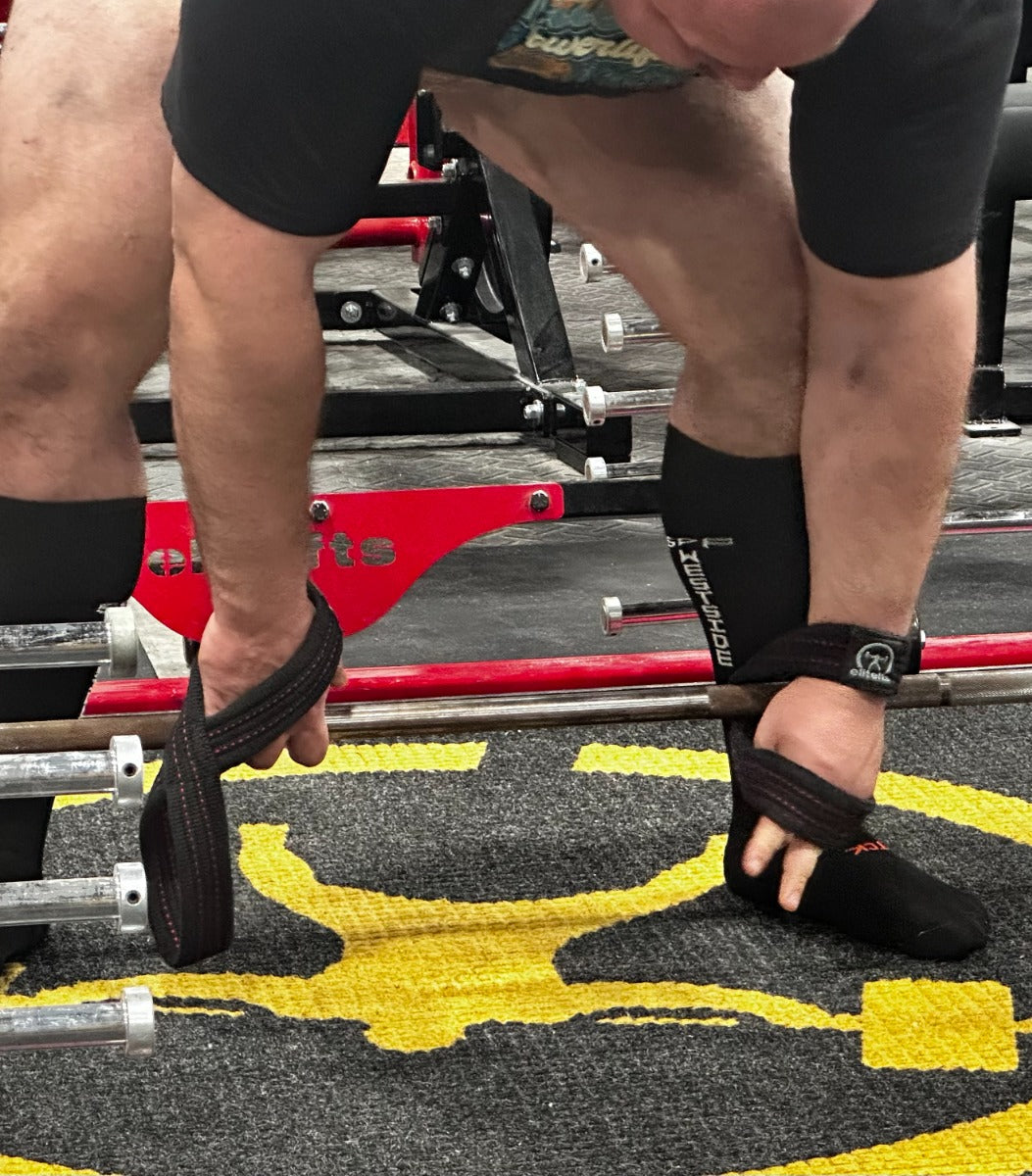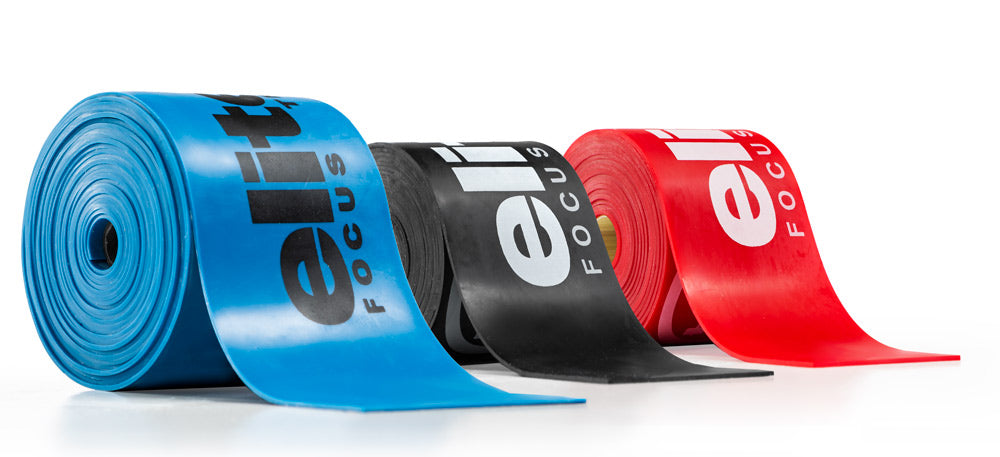My last six weeks of training have been “off-season,” time I spend learning how to activate my muscles better for bodybuilding, taking a break from heavy, low-rep work, and resetting mentally. Now that I’m gearing up for another meet, I’m taking a slightly different approach to my programming. I’ll still be incorporating bodybuilding exercises, but the powerlifting setup will be much different. Personally, I’ve never been a big fan of conjugate training for raw lifters. I think it’s too important to practice the competition lifts, and that speed work is less useful. However, it has a lot of strengths, too, especially when it comes to exercise rotation. It’s very difficult to make linear progress on the competition lifts, so rotating (useful) variations is a great way to maintain momentum and motivation. So the setup I’ve settled on looks like this: Sunday: Max Effort (ME) Lower This day is designed to give me a chance to go all-out -- important for mental prep leading up to a meet -- without wearing me out. I’ll do that by training variations of the squat and deadlift, but only variations that I already know to be useful for me. For example, pause squats are a great exercise, but they don’t carry over super well to my competition squat, like yoke bar squats and front squats do. I’ll also use this as a chance to practice my competition squat in wraps. I’ll work each variation for two weeks before switching exercises.
- Squat variation: work up to 1-5 RM (RPE 10). Examples: yoke bar squat, front squat, back squat with wraps.
- Deadlift variation: work up to 1-5 RM (RPE 10). Examples: deficit deadlift, sumo deadlift, deadlift with bands
- Accessory work: bodybuilding exercises for the upper back and hamstrings
- Bench variation: work up to 1-5 RM (RPE 10). Examples: incline press, bench with slingshot, board press
- Bench supplement: work up heavy set of 3-5 (5-8 for dumbbell lifts) (RPE 9). Examples: floor press, decline press, bench with dumbbells
- Accessory work: bodybuilding exercises for the chest and triceps
- Competition squat: 4-6 sets of 2-3 reps at 80-90%
- Accessory work: bodybuilding exercises for the quads and calves
- Competition bench: 4-6 sets of 2-3 reps at 80-90%
- Accessory work: bodybuilding exercises for the shoulders and biceps










































































































